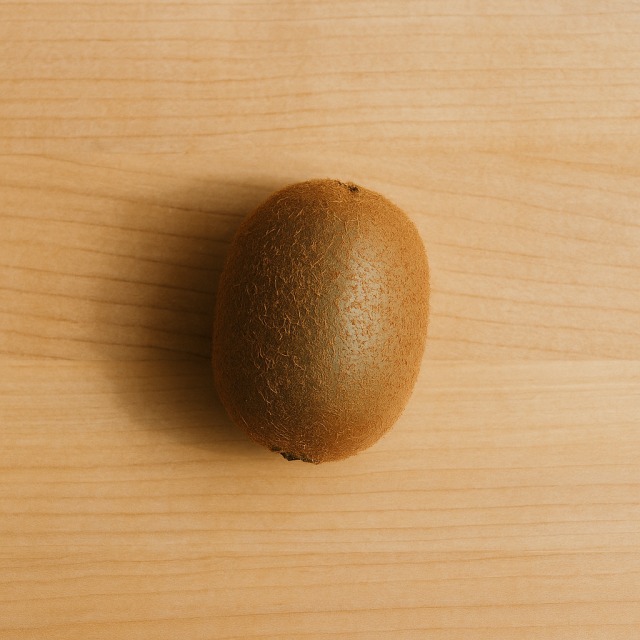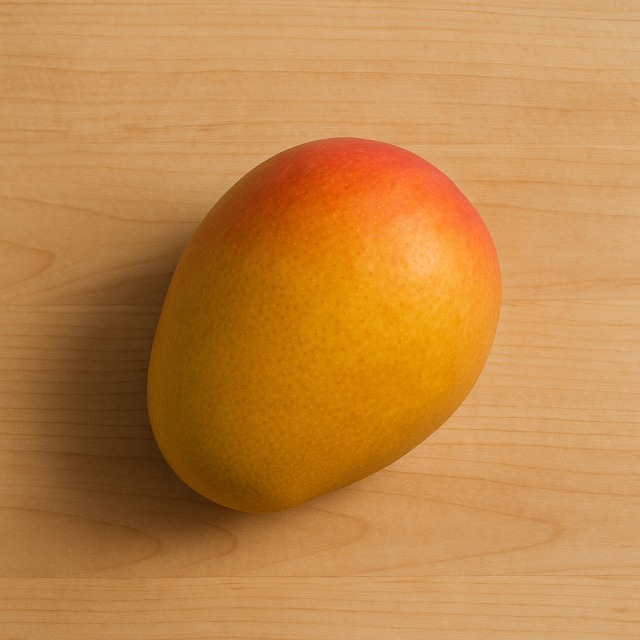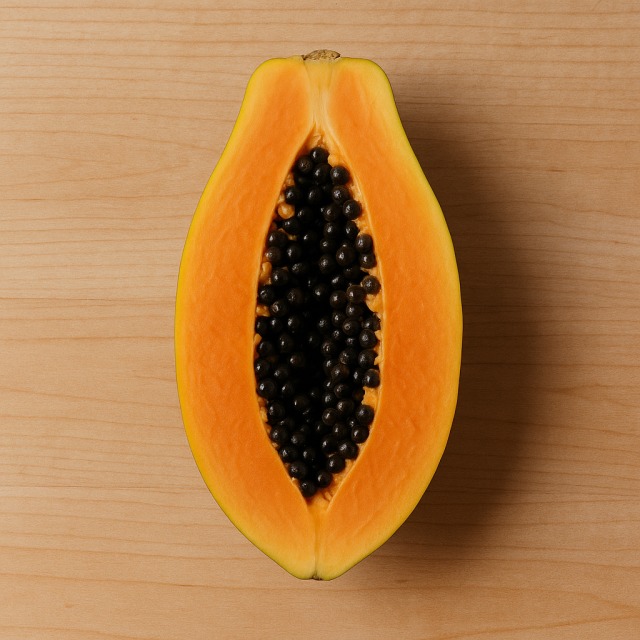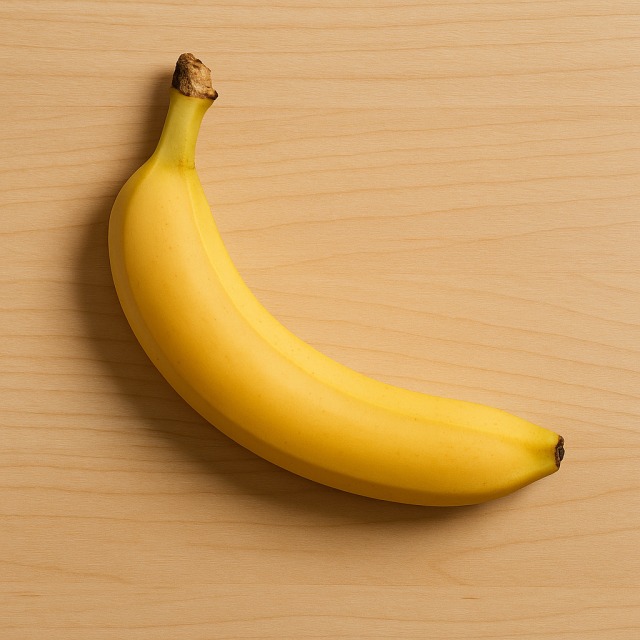Calorie Chart / Fruits / Kiwi
How Many Calories Are in Kiwi?
Calculation of the nutritional value & Recommended Dietary Intake of kiwi
For g and a calorie requirement of kcal
| Calories 35 kcal | Proteins 0.8 g | Lipids 0.4 g | Carbohydrates 7 g |
| 2% | 1% | 1% | 3% |
Health benefits of kiwi

Kiwi - 100g
Calories 50 kcal
Proteins 1.1 g
Lipids 0.6 g
Carbohydrates 10 g
With only 50 kcal per 100 g, kiwi is unmistakably a low-calorie fruit. For anyone counting calories, its very light calorie load allows generous portions without threatening the daily calorie target. Because the calories are packaged with almost 85 % water and plenty of fiber, satiety is reached for very few calories.
Kiwi is one of the best natural sources of vitamin C (more than the same weight of orange) and also contributes vitamin K, vitamin E, folate, and potassium. Copper and magnesium complete the mineral profile. Its soluble and insoluble fibers help regulate blood sugar and cholesterol levels. The enzyme actinidin may improve protein digestion (a supposed benefit still under investigation), while lutein and zeaxanthin have recognized antioxidant roles that support eye health.
Originally known as the "Chinese gooseberry," the fruit was renamed "kiwi" in New Zealand in the 1950s. This colorful history, combined with its slim calorie footprint, explains why it is popular both in weight-loss programs and in sports nutrition plans where high-quality calories matter.
Tips for incorporating kiwi into a balanced diet
Add diced kiwi to a bowl of yogurt and sprinkle with oat flakes for a breakfast rich in fiber and protein yet moderate in calories. The fruit's intense sweetness means you can skip added sugar and keep total calories low.
For a quick smoothie, blend kiwi with a handful of spinach, half a banana, and water or ice. This green drink delivers vitamins, minerals, and refreshment while remaining under 150 calories per glass—ideal for topping up nutrients without excessive calories.
At lunch, mix kiwi cubes into a salad of grilled chicken breast, quinoa, and leafy greens. The mild acidity balances the dish, helps tenderize the meat, and keeps the overall calories under control compared with heavier dressings or cheese-based toppings.
For dessert, layer sliced kiwi and strawberry on a meringue base or serve over sorbet. You add color, flavor, and micronutrients while diluting the calories of richer sweets. Remember: the fruit's low calories let you increase portion size if you still feel hungry instead of turning to high-calorie alternatives.
Frequently Asked Questions
- How many calories are in kiwi?
- Kiwi provides 50 kcal per 100 g.
- Are kiwi calories suitable for weight-loss diets?
- Yes. Because kiwi is low in calories, high in water and fiber, and naturally sweet, it satisfies cravings while keeping the total calories of the meal very low.
- Do the calories in kiwi come mostly from sugar?
- Roughly 10 g of carbohydrates per 100 g supply most of the 50 calories, but the presence of fiber slows absorption compared with refined sugar.
- How do kiwi calories compare with banana calories?
- A 100 g portion of kiwi has about 50 calories, whereas the same weight of banana averages 89 calories. Kiwi is therefore almost twice as light in calories.
- Can athletes rely on kiwi calories for quick energy?
- Yes. While low, the calories come from easily digested natural sugars plus vitamin C to reduce exercise-induced oxidative stress. Many endurance athletes add kiwi to recovery shakes for clean calories and micronutrients.
- Does cooking kiwi change its calories?
- Heating slightly reduces vitamin C but does not significantly alter the 50-calorie value because calories depend mainly on carbohydrate content, which remains intact.
Similar foods
Information provided by Calorie Menu may contain inaccuracies or errors. It cannot, under any circumstances, substitute medical advice or medication.










